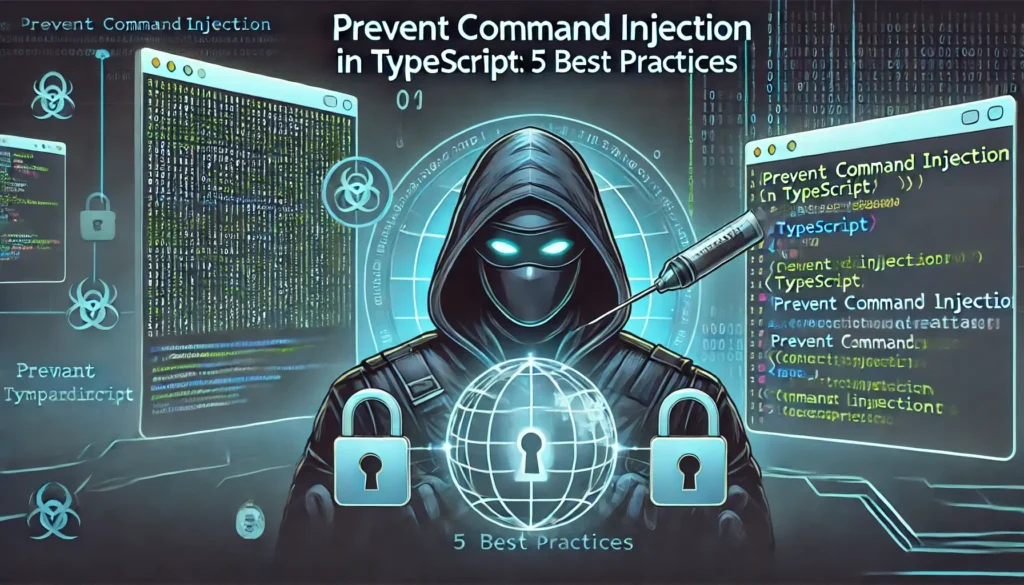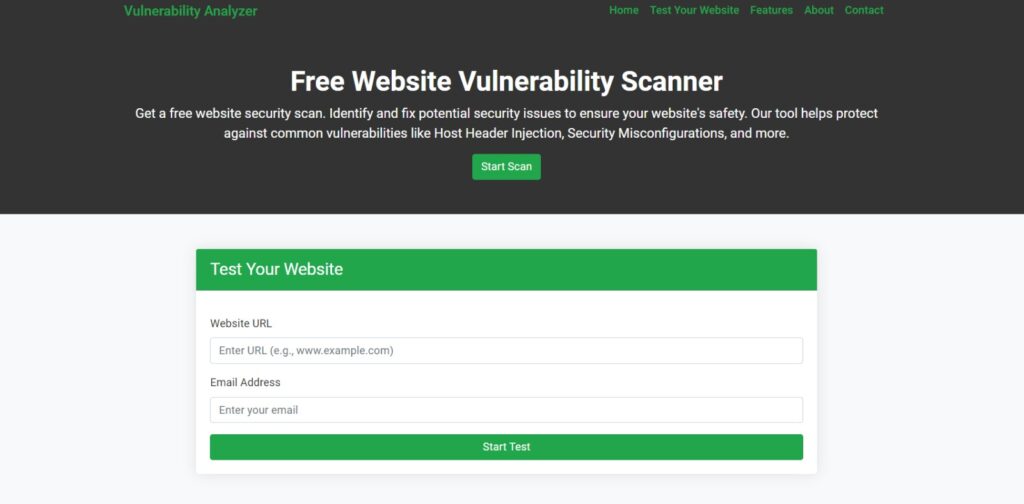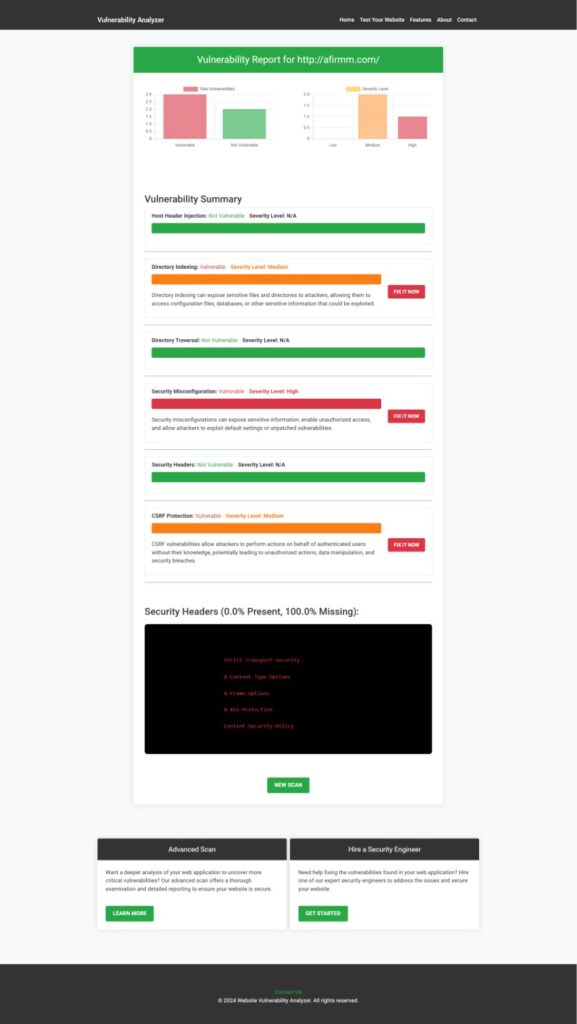Top 5 Best Practices to Prevent Command Injection in TypeScript ERP
Introduction to Command Injection
Command injection attacks pose a significant threat to TypeScript-based Enterprise Resource Planning (ERP) systems. These attacks occur when an attacker manipulates input to execute arbitrary commands on the server, leading to unauthorized access, data breaches, and system compromise.

In this comprehensive guide, we’ll explore the nature of command injection attacks, and their impact on ERP systems, and provide practical coding examples to help developers secure their applications.
Understanding Command Injection Attacks
Command injection is a vulnerability that allows attackers to execute arbitrary commands on a host system through a vulnerable application. This typically occurs when an application passes unsafe user-supplied data (forms, cookies, HTTP headers, etc.) to a system shell or operating system command without proper validation or sanitization.
Example of a Vulnerable Function in TypeScript
Consider a TypeScript-based ERP system that includes a function to list files in a directory based on user input:
import { exec } from 'child_process';
function listFiles(directory: string): void {
exec(`ls ${directory}`, (error, stdout, stderr) => {
if (error) {
console.error(`Error: ${error.message}`);
return;
}
if (stderr) {
console.error(`Stderr: ${stderr}`);
return;
}
console.log(`Files:\n${stdout}`);
});
}In this example, if an attacker provides a malicious input such as ; rm -rf /, the command becomes ls ; rm -rf /, leading to potential system compromise.
Best Practices to Prevent Command Injection in TypeScript ERP Systems
1. Input Validation and Sanitization
Always validate and sanitize user inputs to ensure they conform to expected formats. Reject any input that contains special characters or deviates from the expected pattern.
Example:
import * as path from 'path';
function sanitizeInput(input: string): string {
// Remove any non-alphanumeric characters
return input.replace(/[^a-zA-Z0-9]/g, '');
}
function listFiles(directory: string): void {
const safeDirectory = sanitizeInput(directory);
const fullPath = path.join('/safe/base/path', safeDirectory);
exec(`ls ${fullPath}`, (error, stdout, stderr) => {
if (error) {
console.error(`Error: ${error.message}`);
return;
}
if (stderr) {
console.error(`Stderr: ${stderr}`);
return;
}
console.log(`Files:\n${stdout}`);
});
}In this example, the sanitizeInput function removes any non-alphanumeric characters, mitigating the risk of command injection.
2. Use Parameterized Functions
Instead of constructing command strings directly, use parameterized functions or libraries that handle command execution safely.
Example:
import { execFile } from 'child_process';
function listFiles(directory: string): void {
execFile('ls', [directory], (error, stdout, stderr) => {
if (error) {
console.error(`Error: ${error.message}`);
return;
}
if (stderr) {
console.error(`Stderr: ${stderr}`);
return;
}
console.log(`Files:\n${stdout}`);
});
}Using execFile with an array of arguments ensures that each argument is treated as a literal value, preventing injection.
3. Implement Least Privilege Principle
Run your application with the minimum privileges necessary. This limits the potential damage if an injection vulnerability is exploited.
Example:
Configure your server to run the application under a user account with restricted permissions, preventing unauthorized access to sensitive files or commands.
4. Avoid Using exec for Command Execution
The exec function executes commands in a shell, making it more susceptible to injection attacks. Prefer functions like execFile or spawn that do not invoke a shell.
Example:
import { spawn } from 'child_process';
function listFiles(directory: string): void {
const ls = spawn('ls', [directory]);
ls.stdout.on('data', (data) => {
console.log(`Files:\n${data}`);
});
ls.stderr.on('data', (data) => {
console.error(`Stderr: ${data}`);
});
ls.on('error', (error) => {
console.error(`Error: ${error.message}`);
});
}The spawn function launches a new process without invoking a shell, reducing the risk of injection.
5. Regular Security Audits and Testing to Investigate Command Injection Attacks
Conduct regular security assessments, including code reviews and penetration testing, to identify and remediate potential vulnerabilities.
Example:
Utilize tools like static code analyzers to detect insecure code patterns and integrate security testing into your development lifecycle.
Utilizing Free Security Tools
To assist in identifying vulnerabilities, consider using our free Website Security Scanner. This tool provides comprehensive testing and detailed reports to help secure your website.
Visual Aids
1. Screenshot of Our Free Tools Webpage

Explore our suite of free security tools designed to help you identify and mitigate vulnerabilities in your applications.
2. Screenshot of a Website Vulnerability Assessment Report

Sample report generated by our free tool to check website vulnerability, providing actionable insights to enhance your site’s security.
Additional Resources
For more insights on securing your applications, consider reading our previous blog posts:
- Prevent Buffer Overflow in TypeScript ERP
- Prevent DNS Rebinding Attack in TypeScript
- Prevent HTTP Response Splitting in TypeScript
- How to Secure Your WordPress Website
- All Cybersecurity Blog Posts
Also, check out our in-depth guide on Preventing Buffer Overflow in OpenCart to secure your OpenCart applications.
Conclusion
Command injection attacks are a serious threat to TypeScript-based ERP systems. By implementing proper input validation, using parameterized functions, enforcing the principle of least privilege, avoiding unsafe command execution methods, and conducting regular security audits, developers can significantly reduce the risk of these attacks.
By following the best practices outlined in this guide and utilizing our free tool for a website security test, you can ensure your ERP system remains secure against potential threats.
Pingback: Best 5 Ways to Prevent Buffer Overflow in TypeScript ERP